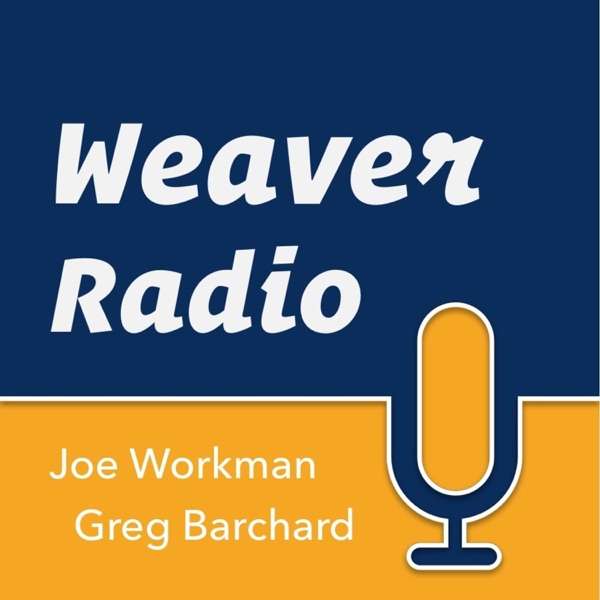LOS ANGELES – MWC LA – This week Rakuten Symphony released a reference architecture for a distributed RAN node and cell site transport device called Symware. Rakuten's not getting in the hardware business, its execs said. But it is trying to standardize certain network components so it can tightly control costs and speed up software-based innovation.
The multipurpose edge appliance, built with hardware from Intel and carrier routing software from Juniper Networks, combines cell site routing and "a containerized Distributed Unit on a single general-purpose server platform," the company said.
In this video interview, we discuss Rakuten's motivation behind building network equipment designs for 5G networks and how this fits in with its overall network-as-a-service vision. "We believe this could be a big game-changer, and how operators consume products," said Tareq Amin, CEO of Rakuten Symphony. "And, you know, we have an audacious goal to cut the total cost of ownership to north of 45% from what they pay today."
Also in the interview, we cover the telco industry's reaction to Rakuten's platform play – its desire to take what it has learned from its carrier business in Japan to the rest of the world via its platform and network-as-a-service offerings. The Rakuten approach is at once giving carriers a way forward in cloud-native, open RAN networks and it is ruffling feathers in the network equipment space. "I really think that the hardware margins are really unreasonable – very, very unreasonable," Amin said. "And you know, when you look at, not just in the United States, you know, many companies across the world today, they are struggling to justify the financial investment for 5G, right? And if you really want to ask, 'Why is that?' "
[Ed. note: Despite what he said around the 00:27 mark, Phil knows it's October and not August. He's still thinking about summer vacation.]

 Our TOPPODCAST Picks
Our TOPPODCAST Picks  Stay Connected
Stay Connected







